Plymouth could have taken on the Corvette with the Belmont
Most people think that the first V-8-powered American sports car with a fiberglass body was the Chevrolet Corvette. The 1955 Corvette was indeed the first production sports car with a composite body from a major American automaker to offer a V-8 engine. A year earlier, though—while Zora Duntov, Maury Rose, and Smokey Yunick were teaming up to make an experimental Corvette with Ed Cole’s brand new small block V-8—Chrysler was publicly showing a two-seat, fiberglass-bodied sports car with a 241-cubic-inch “Poly-Head” Dodge V-8.
The Plymouth Belmont was the first vehicle with a Plymouth nameplate to be V-8 powered. It was based on a production 114-inch-wheelbase Dodge chassis, and the design brief intended to use as many production components as possible in addition to the chassis, such as bumpers and headlamp bezels. It was long—191 inches, about two feet longer than the Corvette—and low—just 49 inches high, compared to the Vette’s 51.5 inches.

Debuted at the 1954 Chicago Auto Show, the Belmont seemed to have been well received on the show circuit, and its provenance includes an appearance in two Hollywood films, 1954’s Bundle of Joy, with Eddie Fisher and Debbie Reynolds, and 1957’s Mister Cory, starring Tony Curtis and directed by Blake Edwards.

The origins of the Belmont have been somewhat obscured, as Virgil Exner Sr. , then head of Chrysler styling, was inaccurately credited with the design. The Belmont project apparently was inspired by Chrysler head K.T. Keller. At the time, the bodies for Chrysler cars were supplied by the Briggs company, which Chrysler would soon acquire. Briggs’ contract with Chrysler obligated the bodymaker to produce experimental and concept cars at no extra cost. Al Prance was in charge of design at Briggs, and Keller asked him to secretly start working on a possible competitor to the Corvette. Briggs also made bodies for Packard, and Prance was responsible for the styling of a number of significant Packard models.
Veteran Briggs stylist William Robinson, who had a reputation for conservative designs, pitched Prance on letting him design the sports car so he could show what he could do with something exciting. Thinking that the car would strictly be a concept vehicle, Robinson experimented with new forms and shapes and came up with something he described as “far-out” with “wild” fins and headlights moved inboard from the fenders. Inboard headlights seemed to have been a styling trend in the early-to-mid-1950s, as can be seen on the Nash Healey and some of General Motors’ Motorama show cars.

Robinson might have wanted to stretch his wings design-wise, but it soon became clear to him that there was some intent to put the sports car into production, so the design was toned down when it was modeled in clay. While the front end is a little bit busy and fussy, with the production Plymouth bumper giving the car a bit of an underbite, overall the Belmont has very clean lines and nice proportions. The interior is a bit reminiscent of the first-generation Corvette, with a “waterfall” between the two bucket seats and a center console with a vertically mounted radio.

It’s not clear just which company made the Belmont’s fiberglass body. Briggs made steel bodies, welded together from individually stamped panels, so the bodymaker likely contracted the Belmont’s body to an outside firm. Unlike the Corvette, whose body was molded in a small number of large subassemblies by A.O. Smith in Ionia, Michigan, the Belmont’s construction appears to have tried to duplicate Briggs’ method of making steel bodies, with many individual body panels bonded together to create the body.

Robinson wasn’t particularly thrilled with some of the changes that were made to the finished Belmont, particularly the outboard headlights and how the hood and cowl were raised to give sufficient clearance to the tall oil-bath air filter used in the 1950s.

Around the time that the Belmont was completed, Chrysler bought Briggs, and Robinson was transferred to Chrysler’s design team, working under Exner. According to Robinson, there was apparently some ill will at Chrysler directed towards Al Prance over how the Belmont project was created in secret at Briggs, and when Chrysler purchased the body company, Prance wasn’t hired at the automaker.
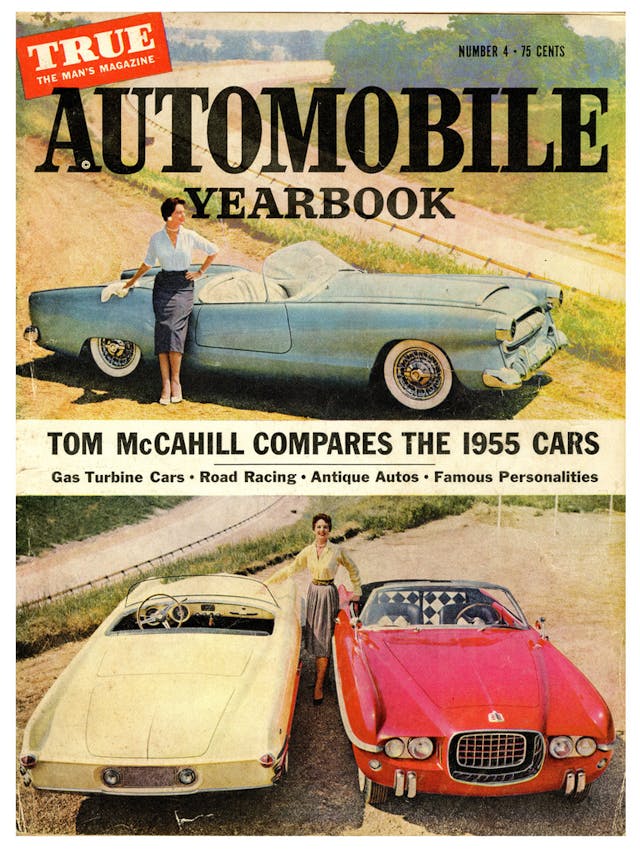
Perhaps for publicity reasons, Exner asked Robinson if he could take credit for the Belmont. While Robinson was disappointed with how the Belmont turned out, he was gratified that Exner, one of the automotive world’s most celebrated designers, thought highly of his work. After a long career at Chrysler, Robinson went on to teach automotive design at Detroit’s College for Creative Studies.
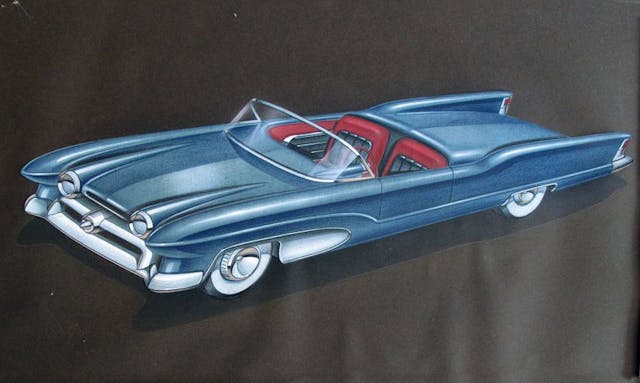
Robinson’s original design sketches of the Belmont still exist, having been donated to the Walter P. Chrysler Museum before its closure.
The car’s lore says that Exner liked the Belmont so much that when it was retired from show duty, instead of the concept car being crushed, the head of Chrysler design arranged to be given title to it. As it was based on a production chassis, it was a fully functional automobile with that V-8 and a semi-automatic transmission. While it doesn’t appear to have ever been shown in public with a top, the Belmont had a folding fabric roof that could be stowed in the trunk with the spare tire. As fiberglass itself was considered to be an ultra-modern material, the Belmont didn’t have any gee-whiz vaporwear tech features like many 1950s concept cars, but it was the first Chrysler vehicle with a powered radio antenna.
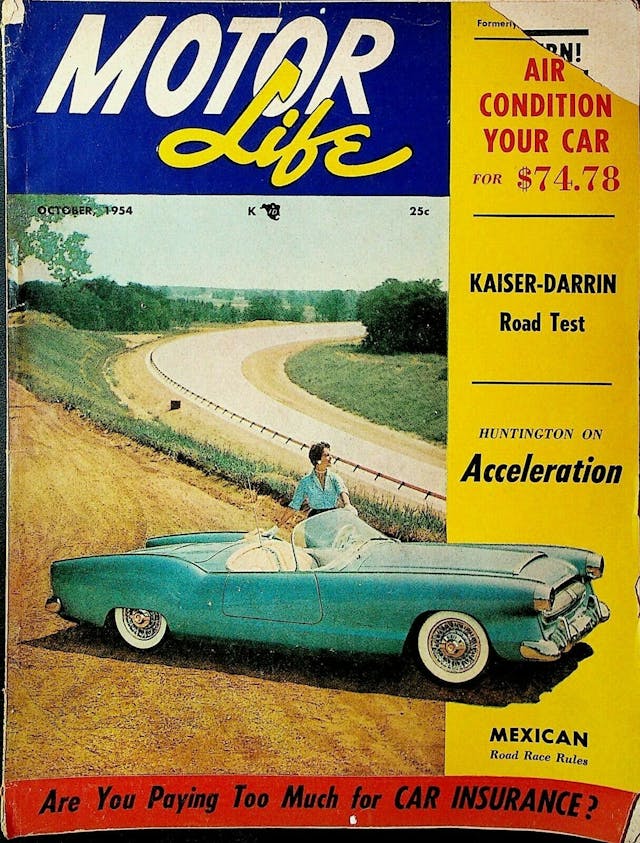
Whether or not the Belmont was actually in the possession of the Exner family, it disappeared from sight until 1968, when it was bought by a Marie DeAngelo, who in turn sold it to Don Heckler a couple of years later. It remained in Heckler’s collection until noted collector Loren Tyron found it in 1989, when Don Williams’ Blackhawk Collection purchased it and had the Belmont completely restored by Mike Fennel Restorations.
Though period magazines show that the Belmont was originally a light metallic blue, during the restoration the color was changed to a bright red. Williams sold it in 2001, and since then it has come up for auction in 2014 (selling for $1.32 million), 2018 (failed to meet a reserve of $1.2M), 2019 (another no-sale), and then again last year at Mecum, where the car changed hands for an undisclosed sum.

Just how serious K.T. Keller was about the Belmont going head to head with the Corvette is unknown, but the fact remains that it was built on a production chassis with a production drivetrain, and the team at Briggs was instructed to use as many production parts as it could. Brochures distributed at auto shows called it “Plymouth’s brilliantly new Belmont sports car,” while at the 1953 Motorama, the Corvette was introduced as “an experimental model … the American sports car of the future.” Before going to production, the curved plexiglass windshield would have had to be engineered in glass, and the show car was lacking exterior door handles, but then so was the original production Corvette.
In general, at least from the literature and photo, the Belmont seems to me to have been about as fully engineered as the early Corvette was. The Belmont doesn’t have any side windows, but the first Corvettes had removeable side curtains, and the Vette didn’t get roll up windows until the 1956 model year.

Others have wondered what would have happened had Chrysler decided to compete with the Corvette and the original two-seat Ford Thunderbird, which was introduced in 1955 and was even more successful than the Corvette in its early days. Designer Murray Pfaff and his 1959 Imperial Speedster custom, a cut-down version of Chrysler’s flagship, shows what could have happened if Chrysler had sold a luxury sports car.
The Thunderbird, though, was a Ford, not a Lincoln, and the Corvette was a Chevy, not a Cadillac. If Chrysler was going to compete with those cars, it might have made more sense to go with the Plymouth brand, the third member of “the low-priced three,” along with Chevrolet and Ford, as those sensibly-priced mass-market brands were advertised. In the 1960s, Plymouth carried much of Chrysler’s performance banner in the muscle car era with fast cars that regular folks could afford.
The Plymouth Belmont is a tantalizing look at what might have happened if Chrysler had taken the same approach to sports cars a decade earlier.

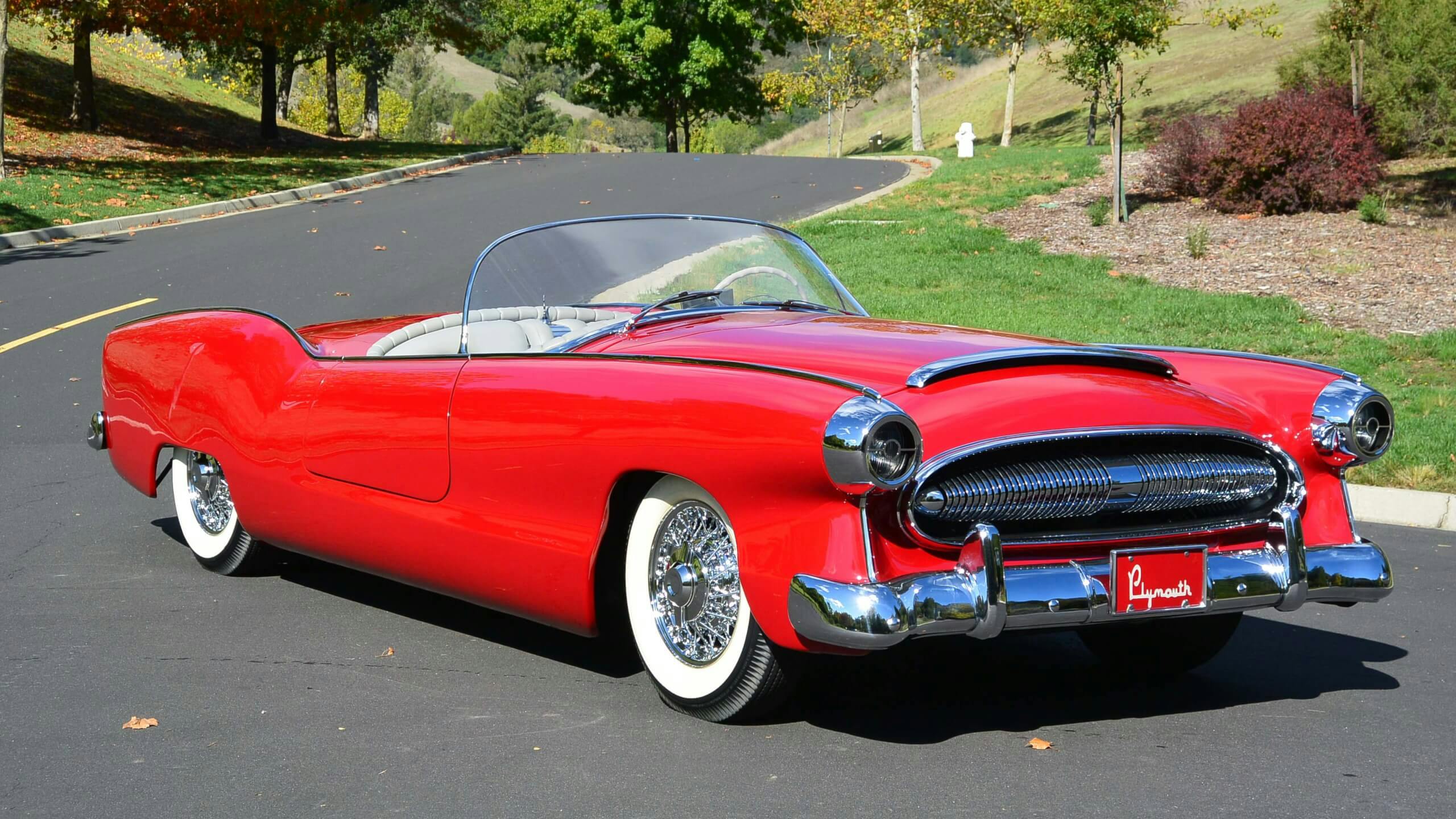
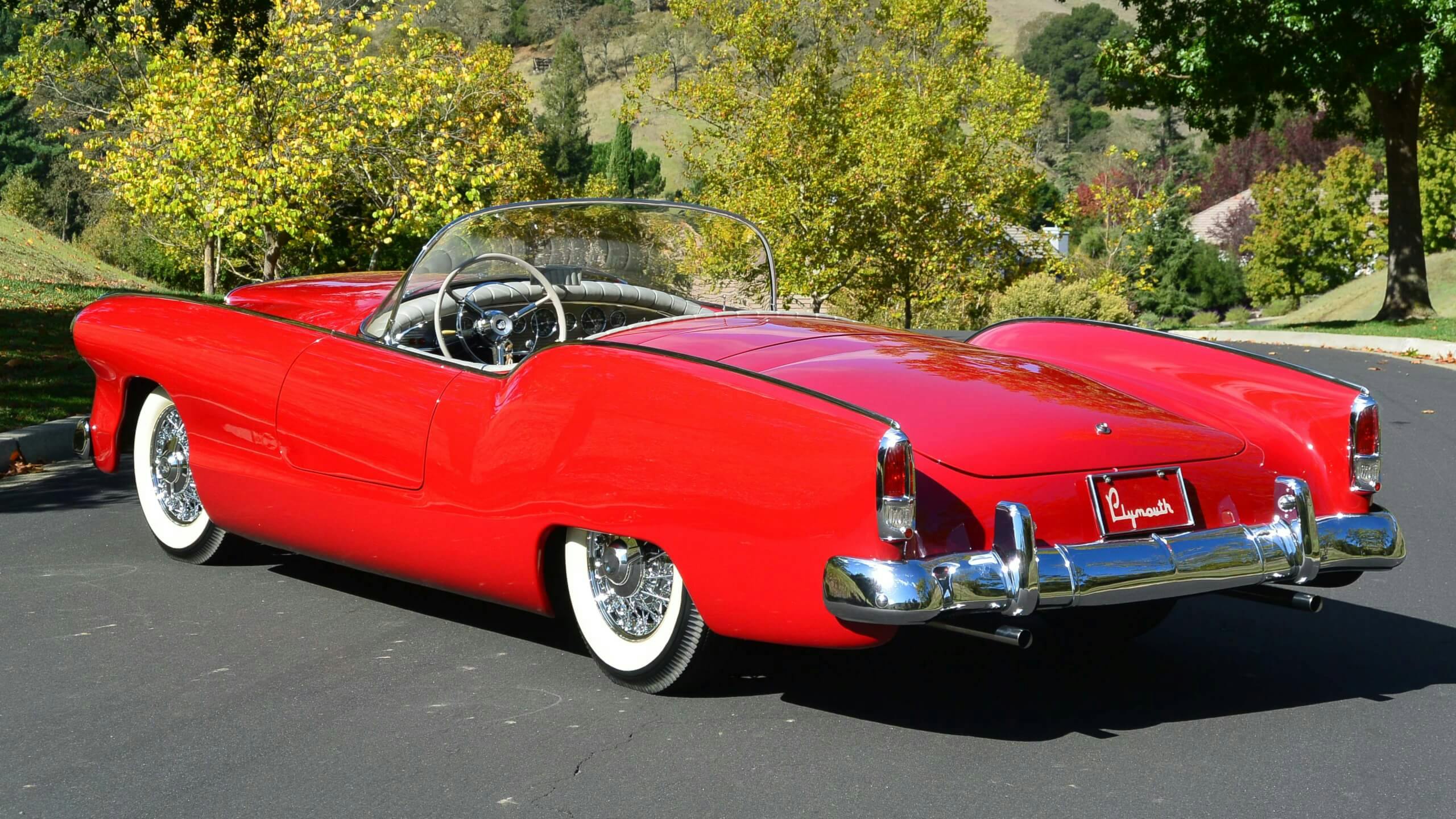
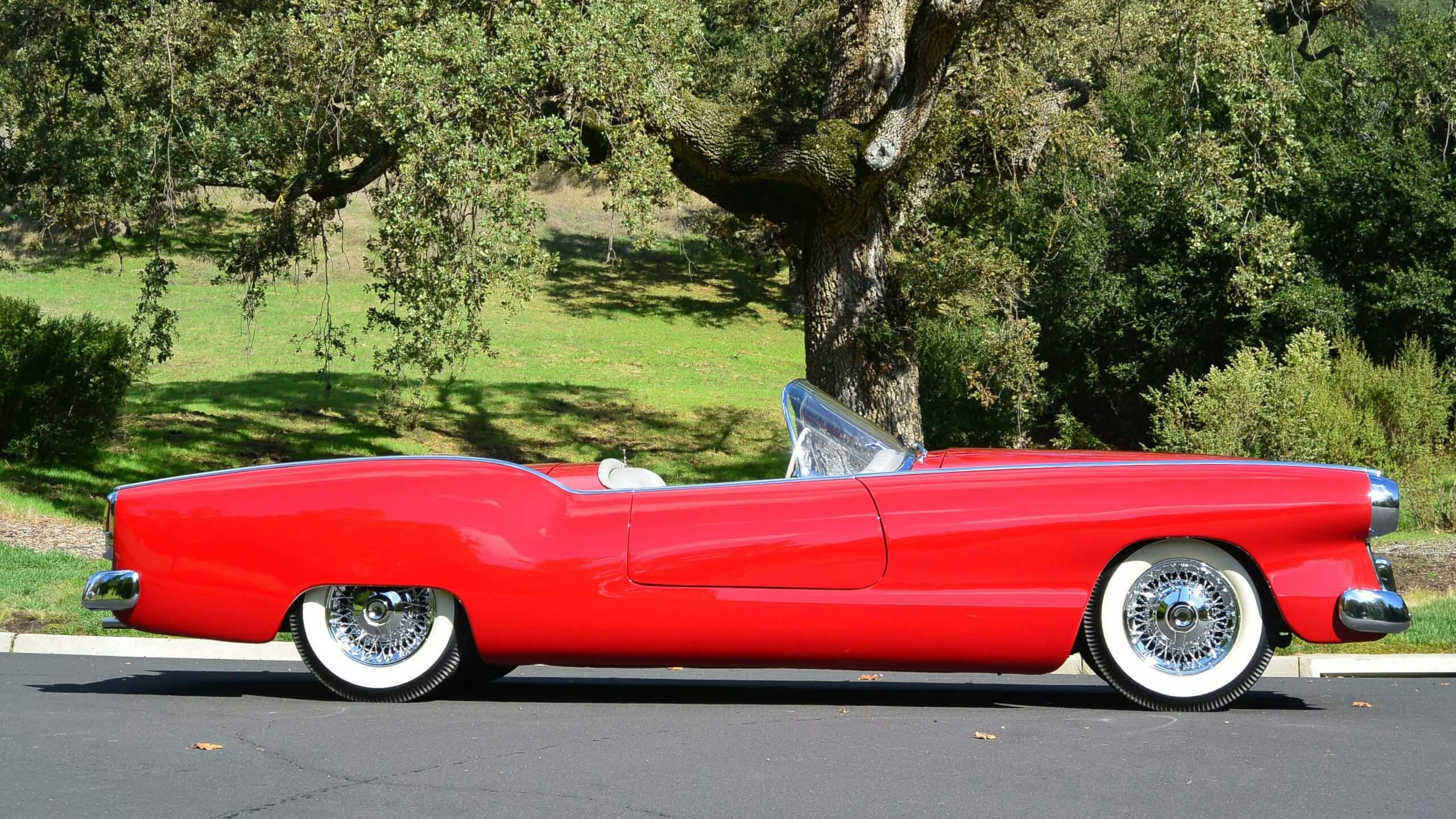

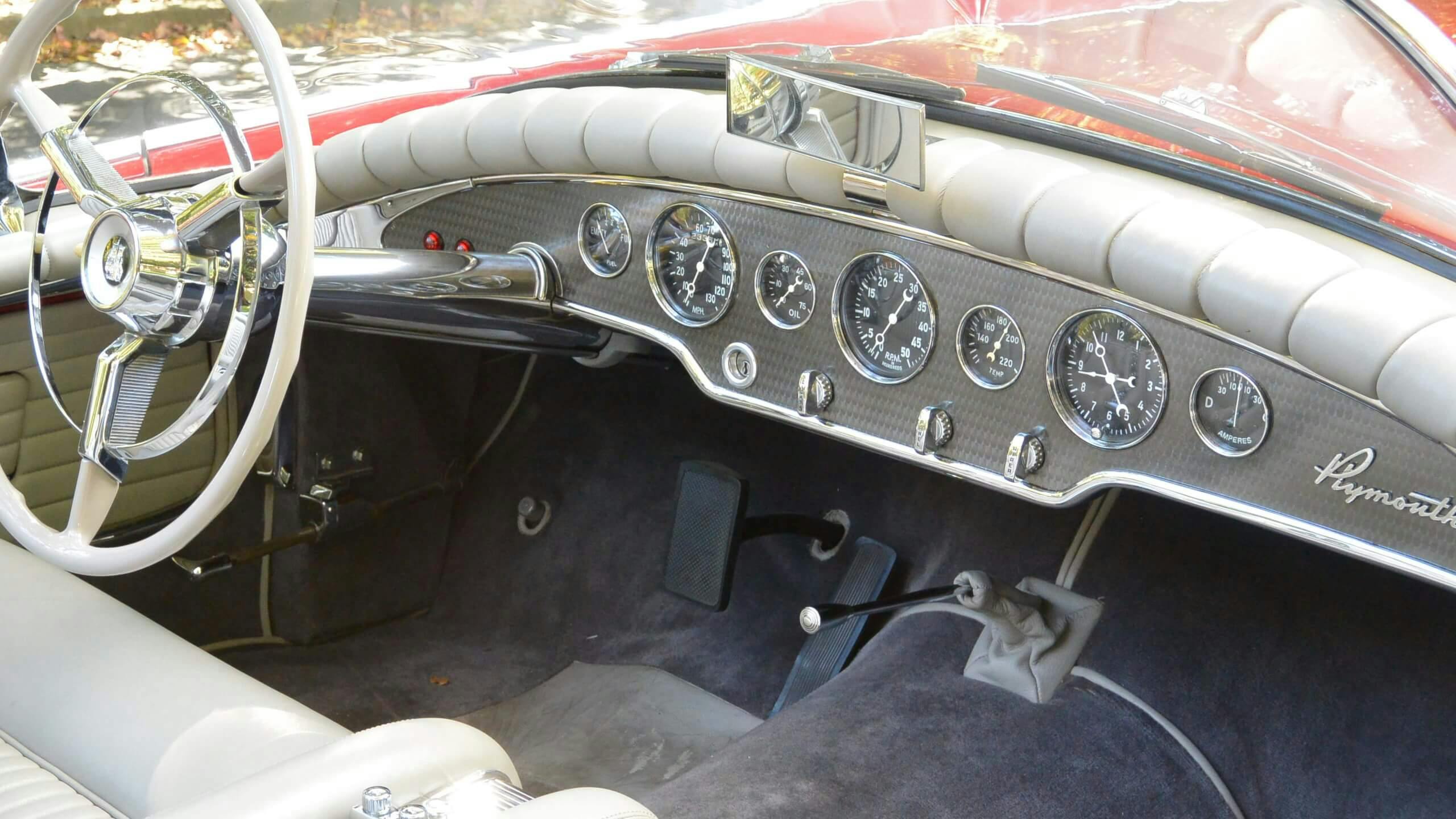
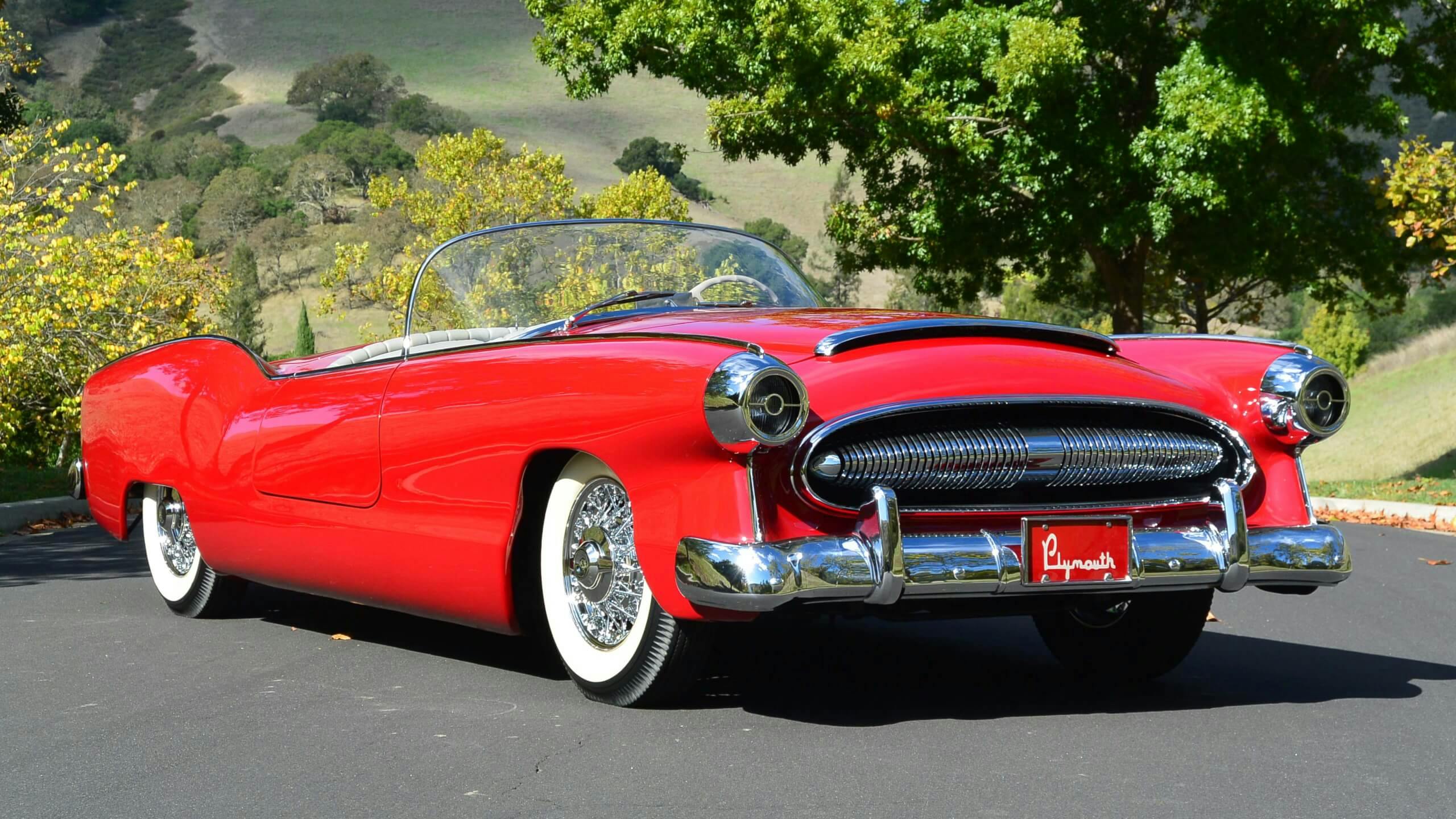

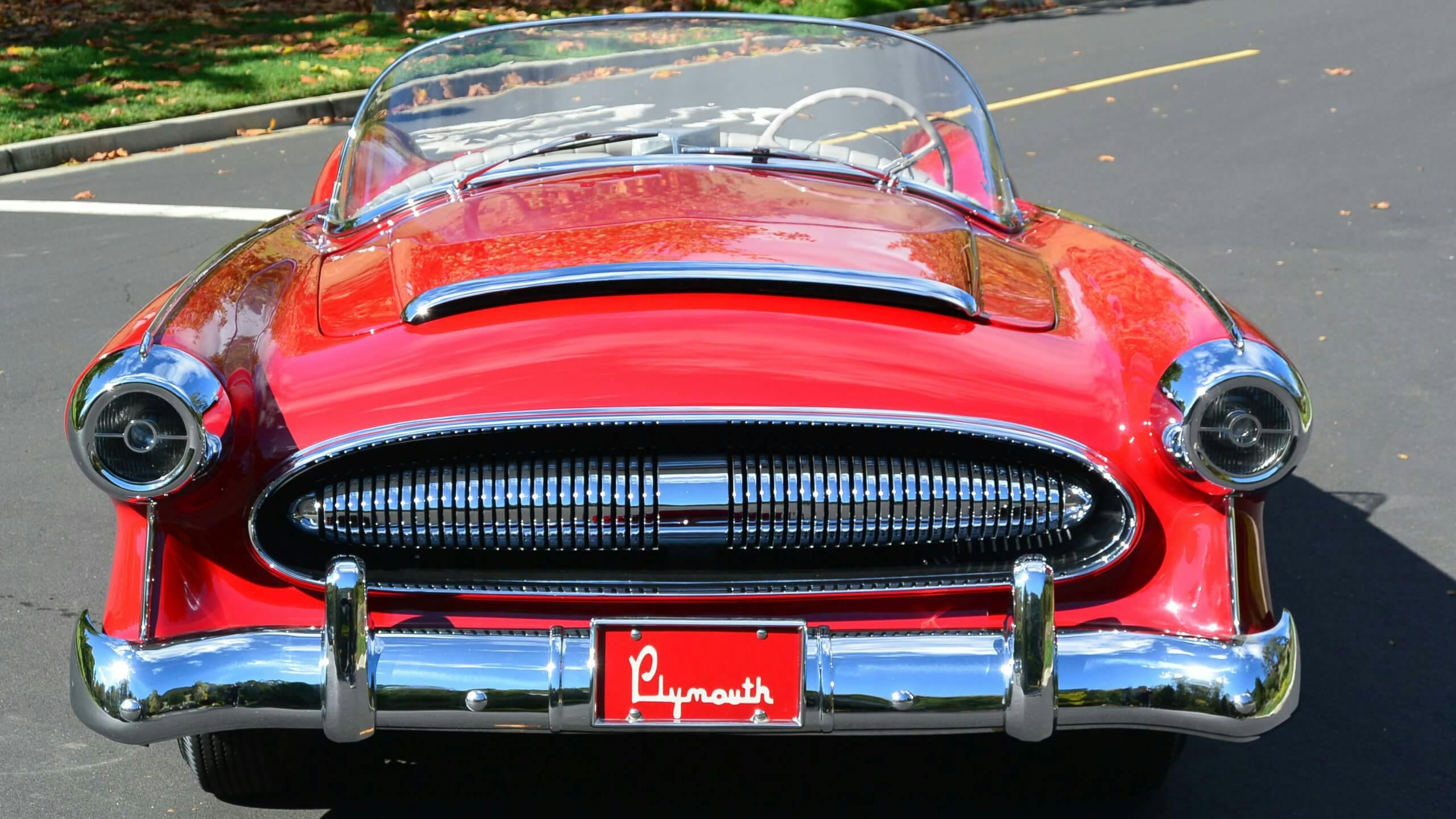
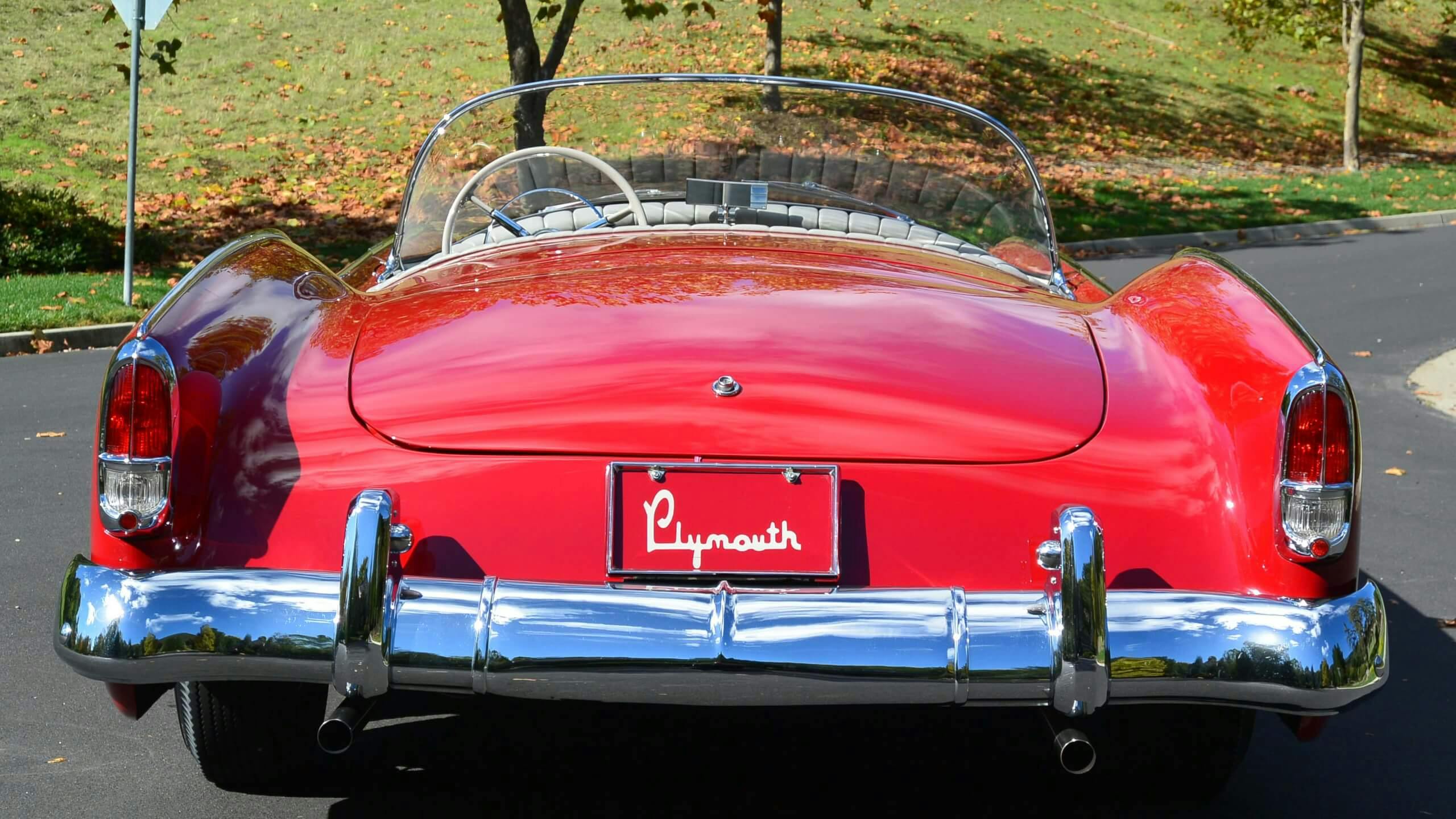
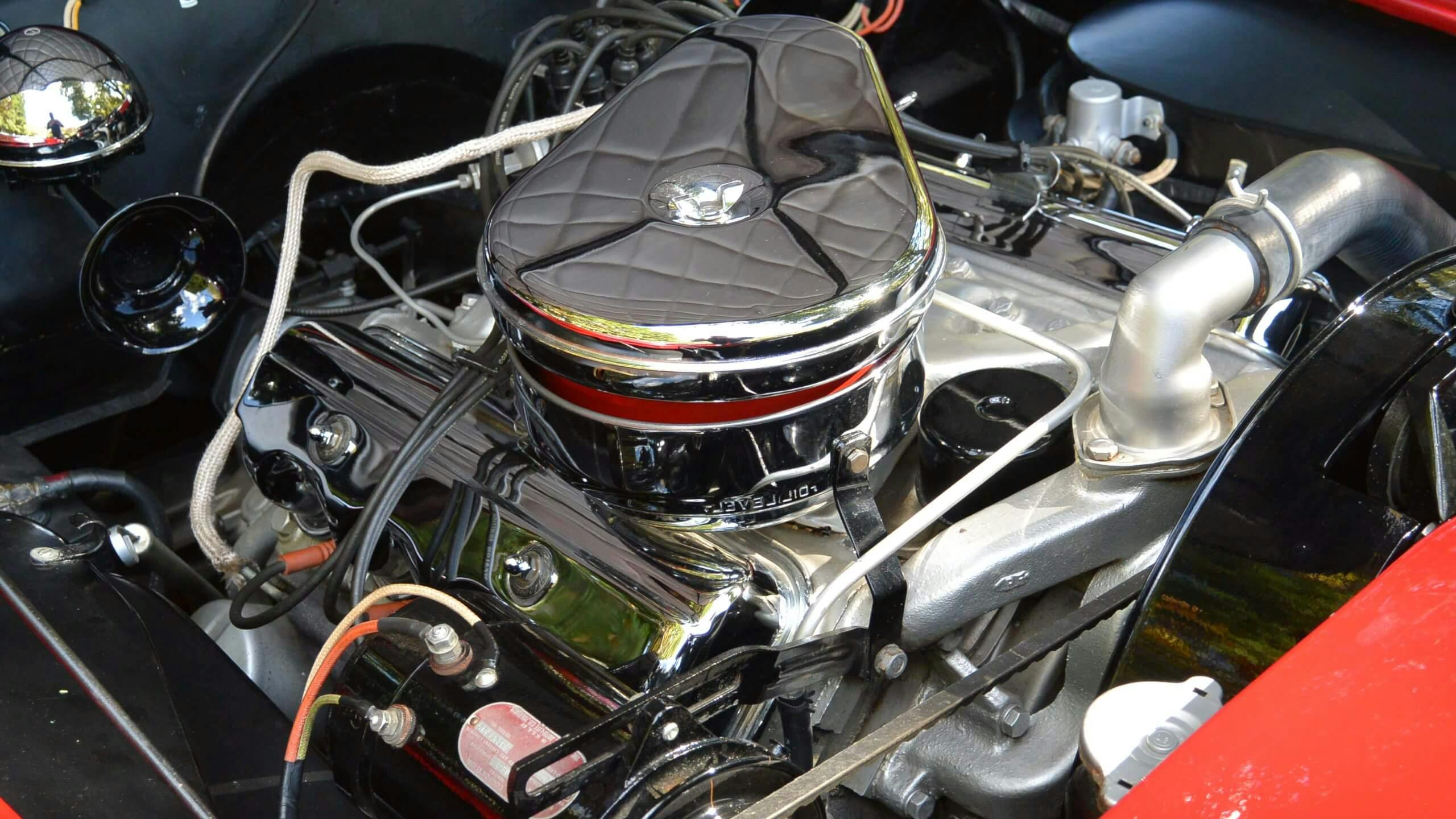

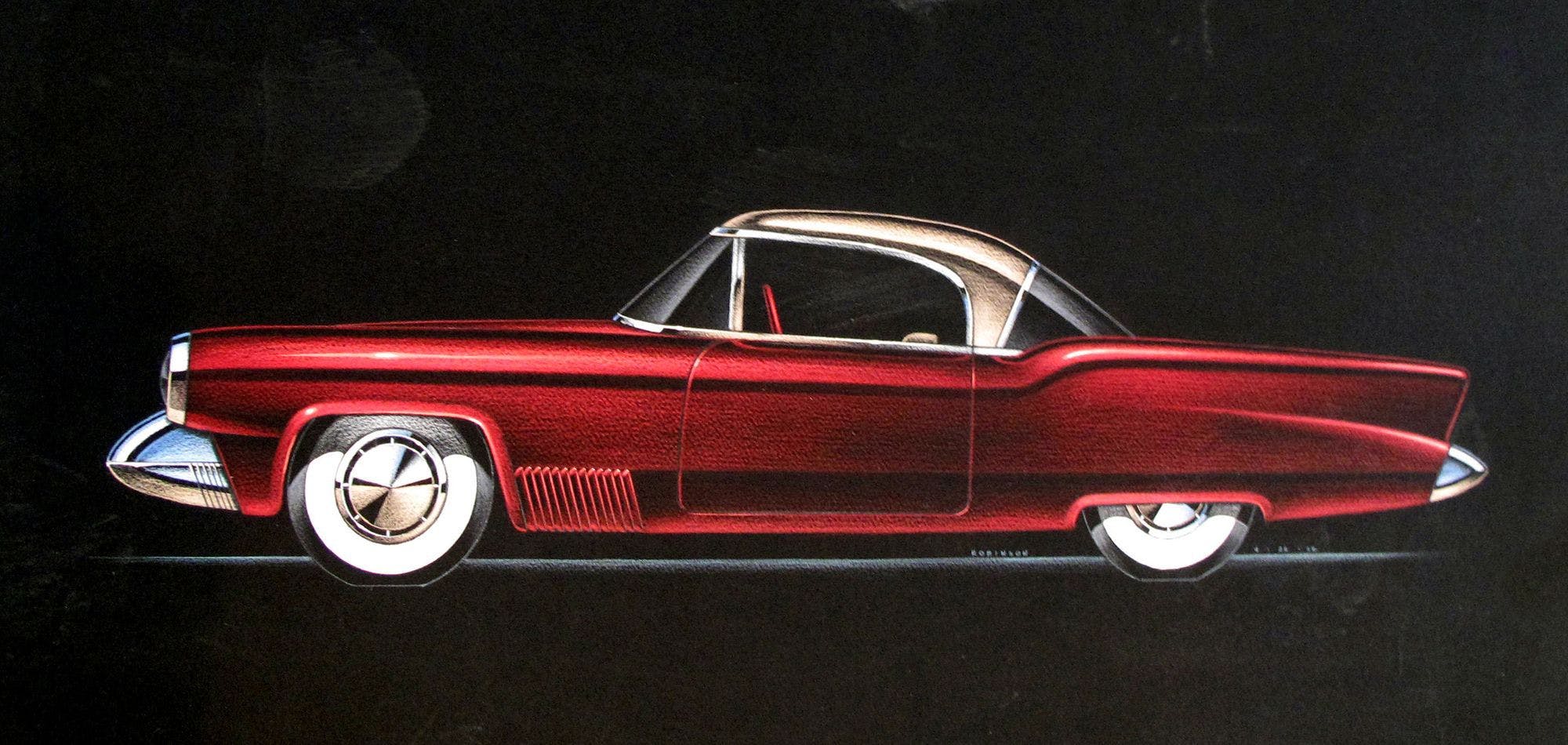
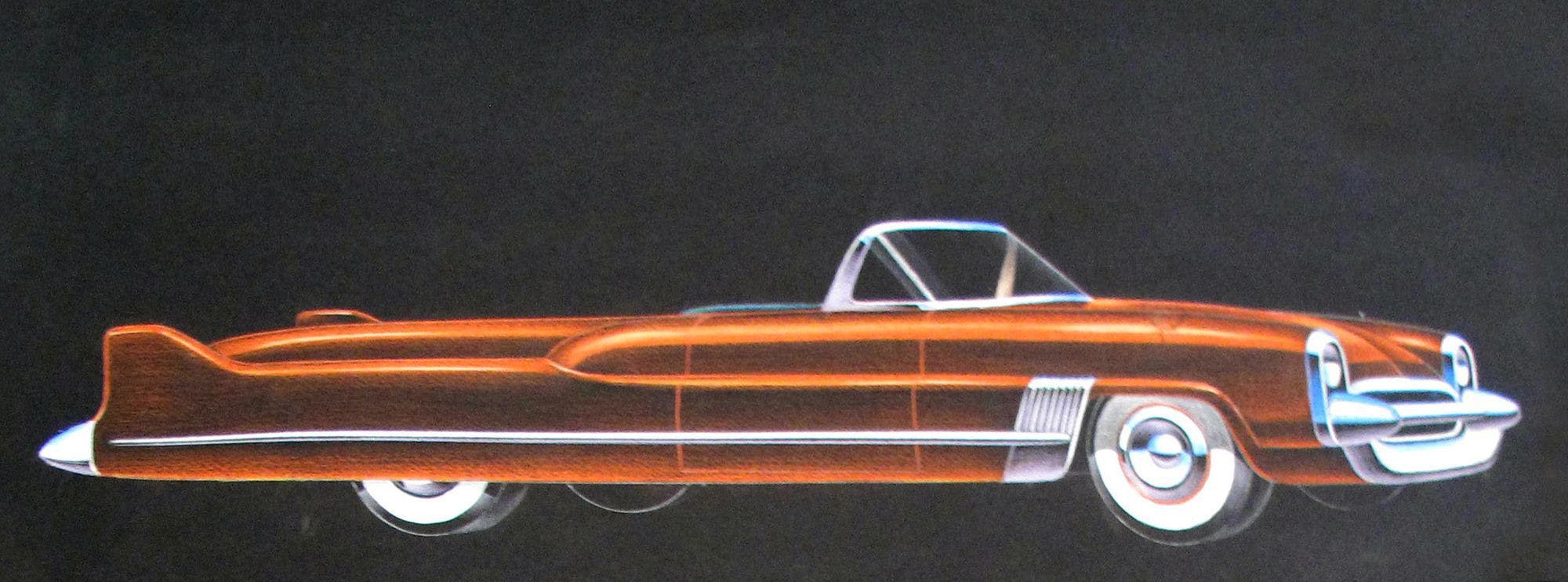
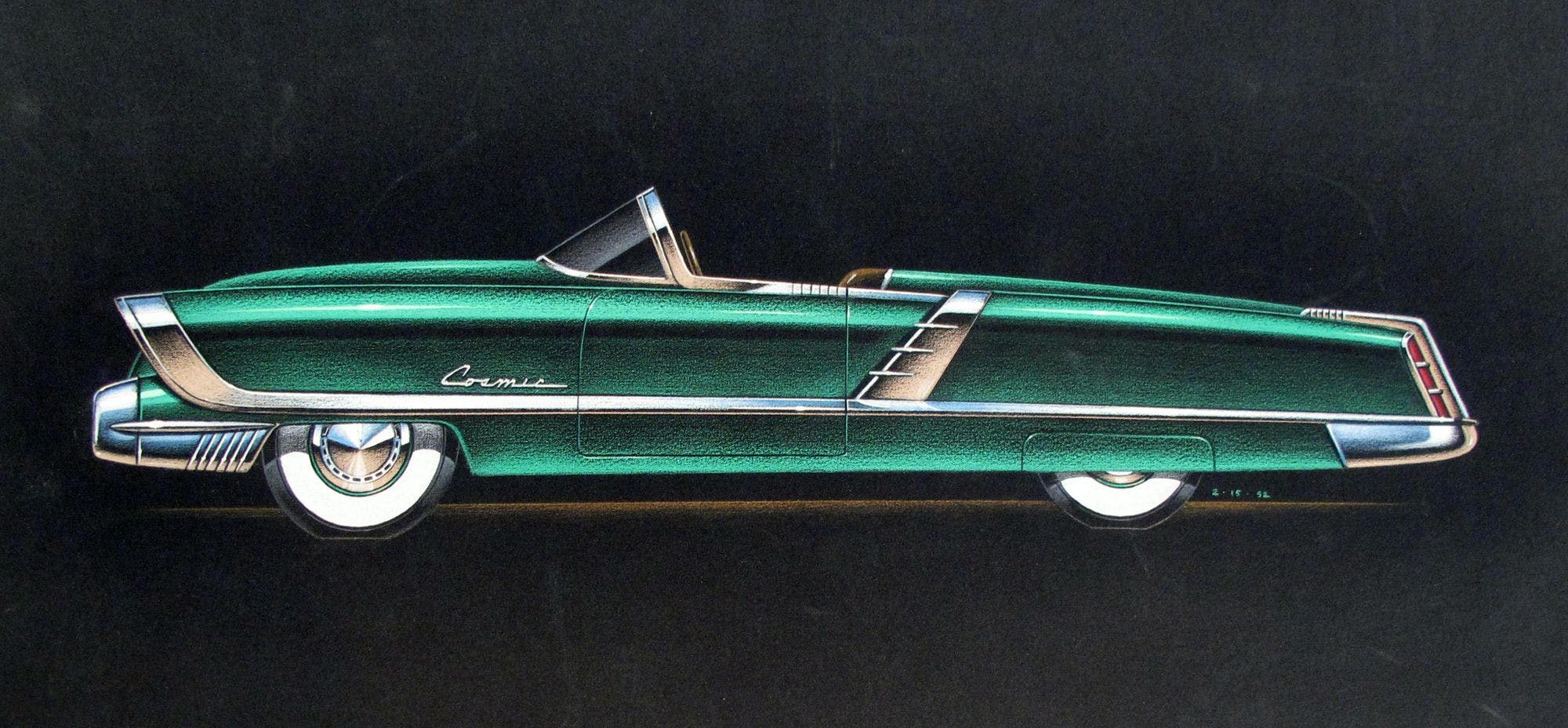
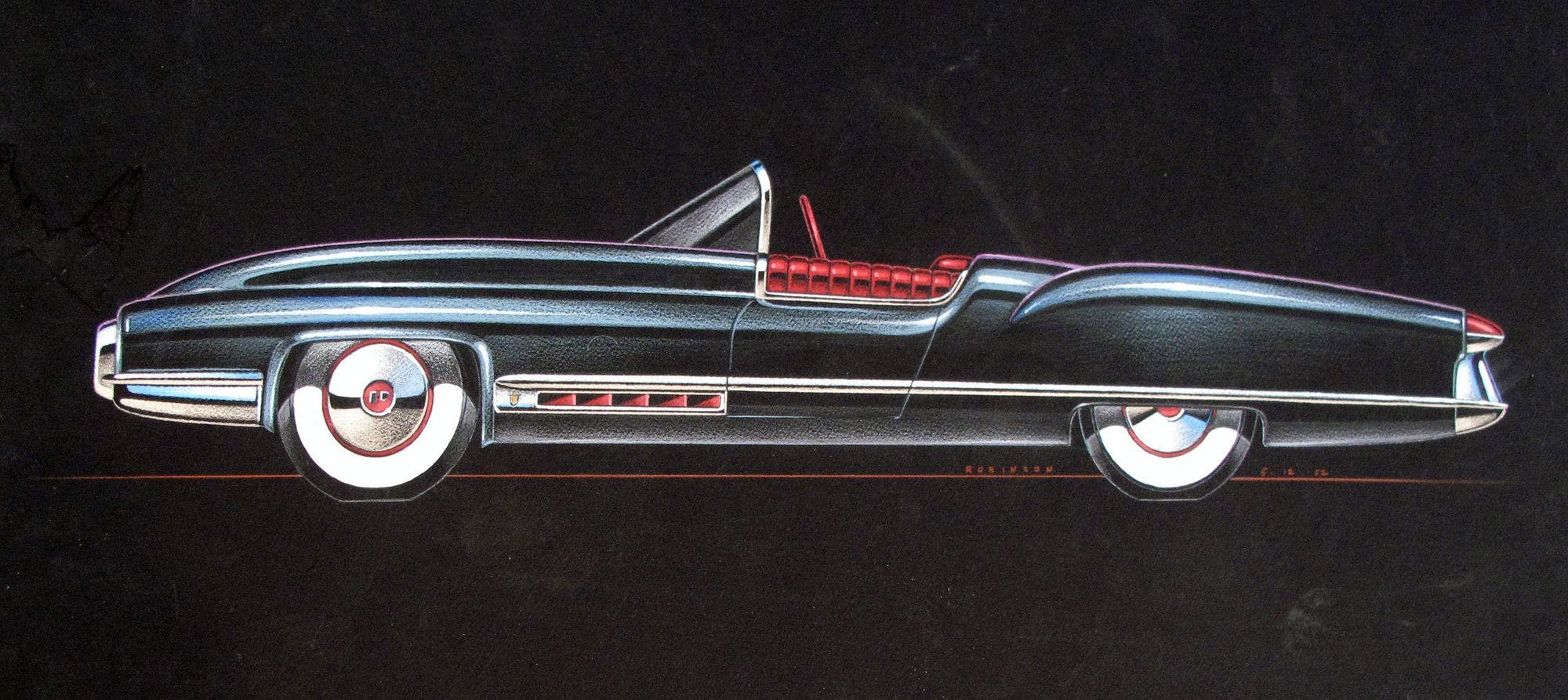
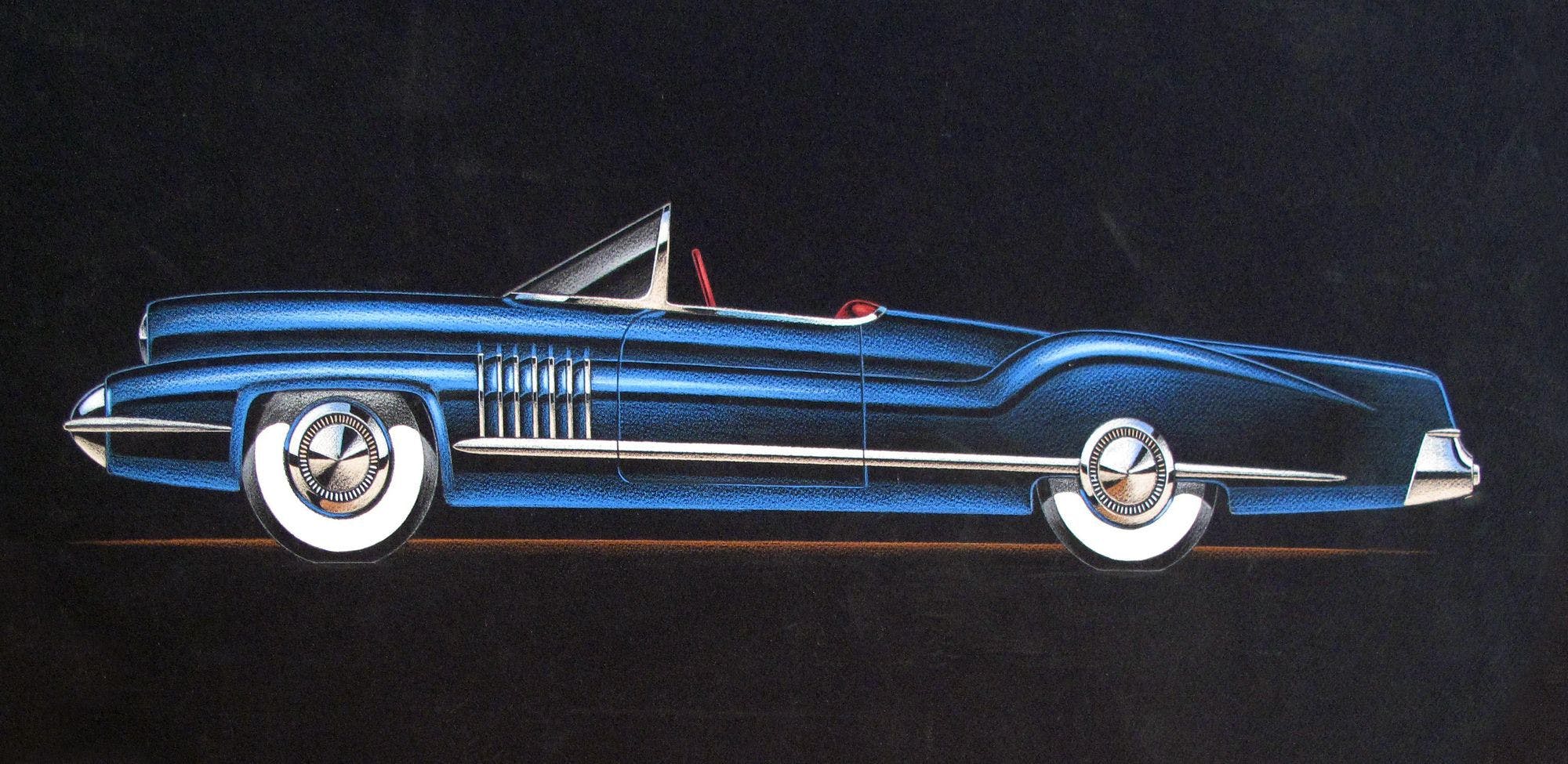
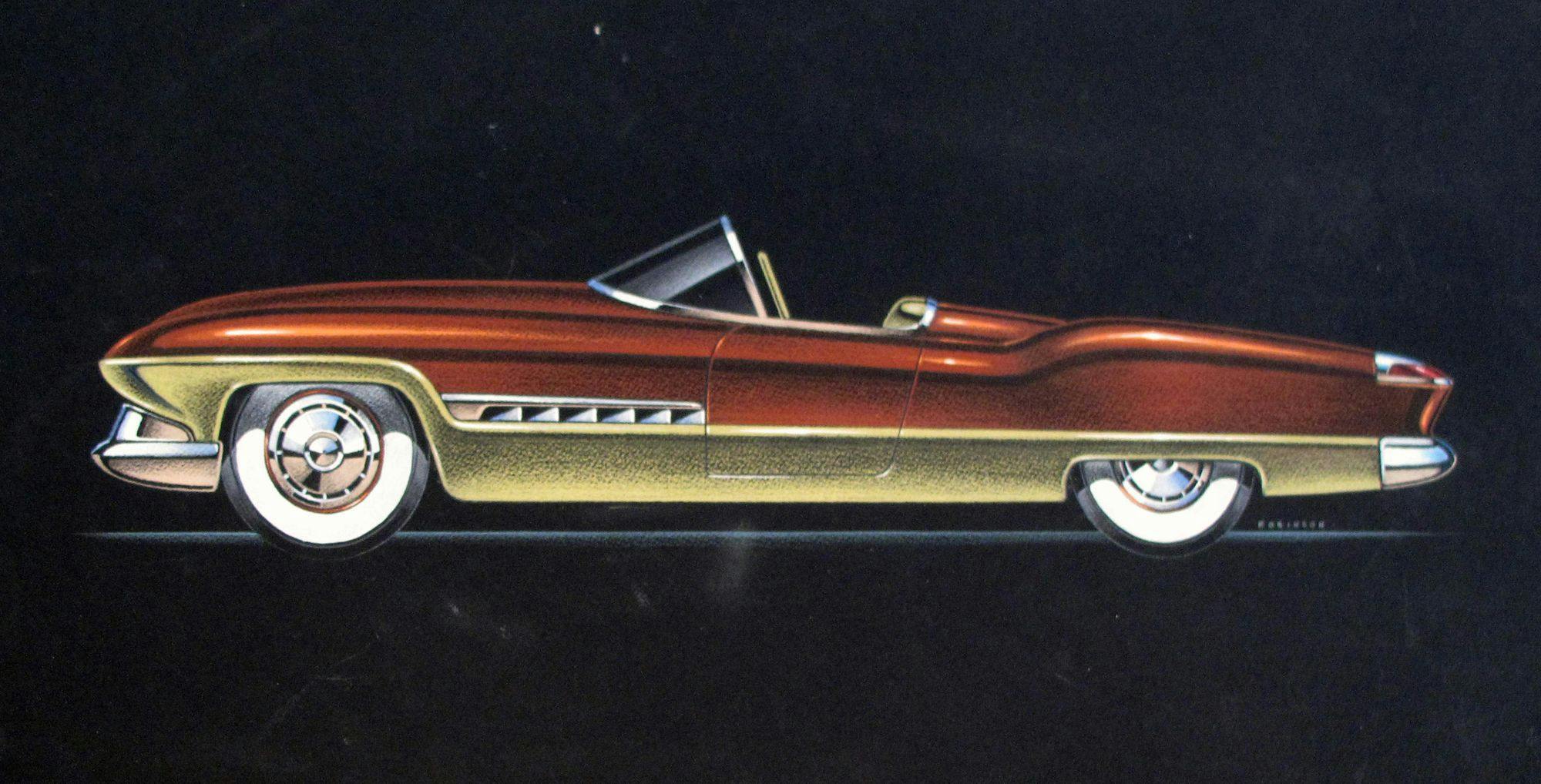
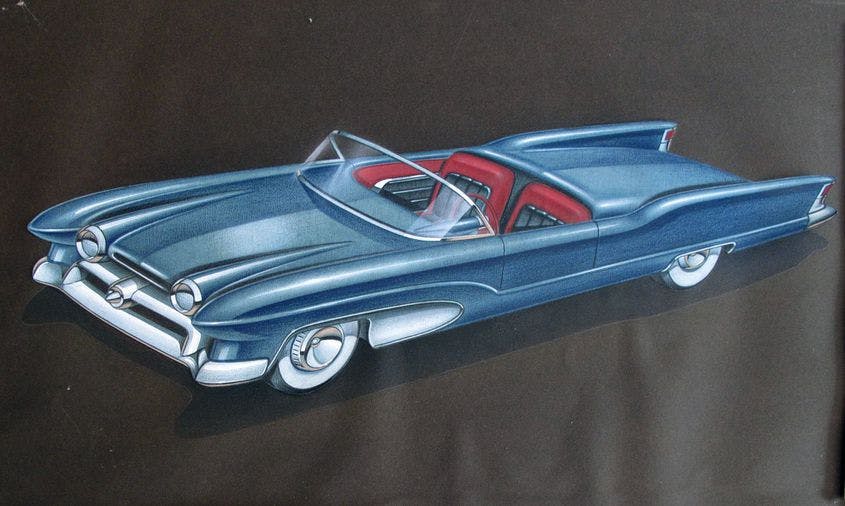


Very likeable: 1954 Plymouth Belmont,
2-seater, Dodge V-8, on Dodge Chassis. Never Mass-produced, built
by Chrysler Corporation. Sports Car-competition with G.M. 1953 Chevrolet Corvette!